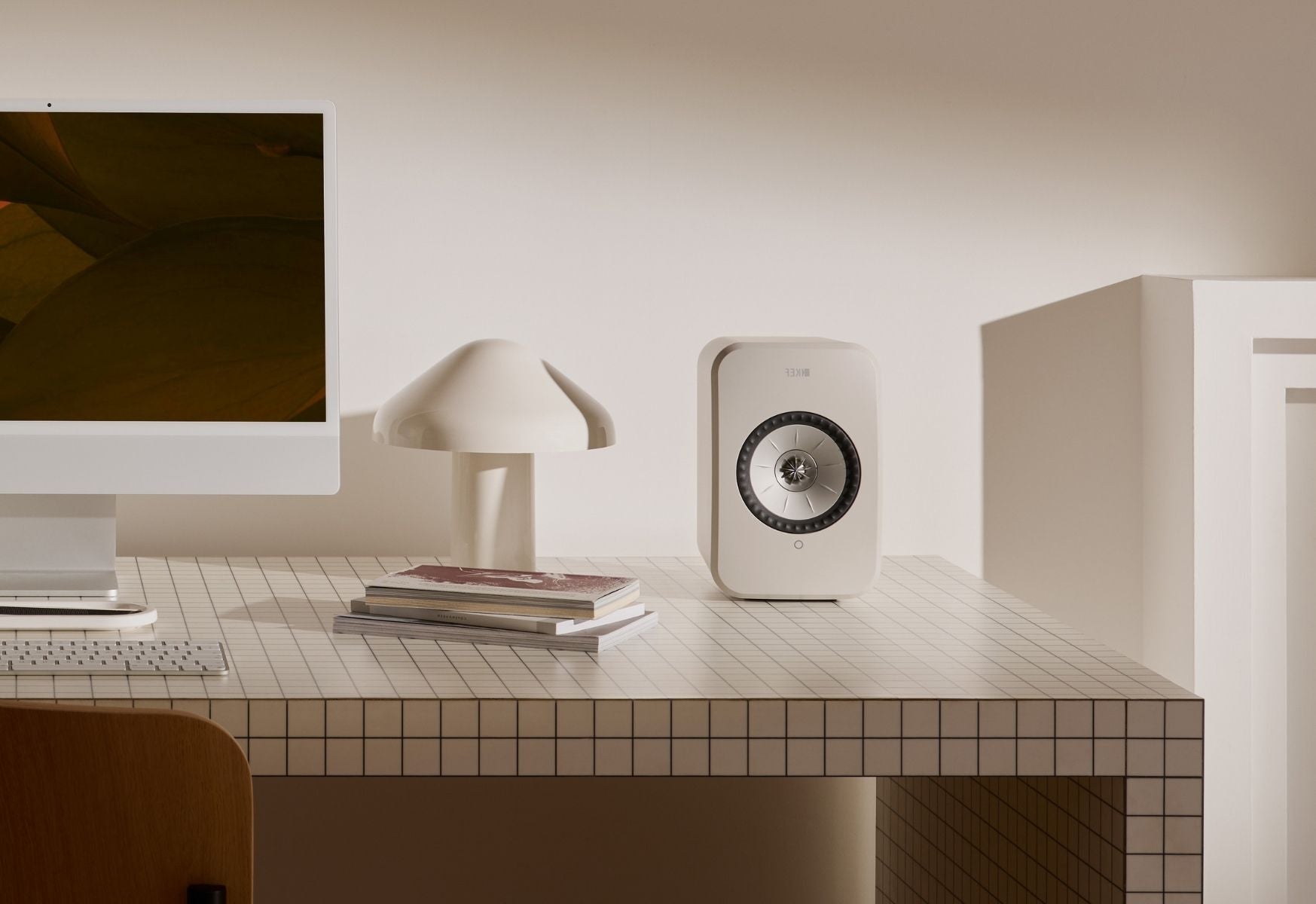Tick Tock
Wasn't it refreshing reading "Tick Tock" spelt the way it's supposed to be!
Anyway...
Almost all digital audio products have a clock inside it. Digital audio recordings consists of a number of packets being sent at a certain rate, or bitrate. Spend any time around streamers or streaming products and you'll see things like "24 bit/192 kHz", in other words, 24 bits of information sent at a rate of 192,000 times per second, sent to the DAC. An audio product such as a DAC needs some sort of device, i.e., a clock, that tells the DAC how often to process the incoming data stream. As you can imagine, it's a vitally important job, as if its even slightly out of sync, the communication between the outgoing and incoming data streams won't connect.
As mentioned, most digital audio products have an internal clock already out of necessity. However, being in the same enclosure means its subject to the same physical and electromechanical vibrations as the rest of the circuit, which can cause the internal clock to lose accuracy. To solve this, having an off-board clock in a different chassis and circuitry means that you have a device dedicated to keeping time.
An analogy that often works is a 24 piece orchestra. Imagine the 24 musicians trying to play in time without a conductor. They could probably do a pretty decent job of it, but having the conductor keep everyone in time is even better.
dCS have written a very in-depth article about clocking and dCS' approach, which you can read here.
Now as for which dCS Clock to choose, here is a very helpful table helping you understand the differences between the LINA, the Rossini and the Vivaldi Clocks.
As always, if you have any questions, please get in touch with us via our Contact page.
| Feature | Lina Master Clock | Rossini Master Clock | Vivaldi Master Clock |
| Oscillator Type | Dual Crystal Oscillators | Dual Crystal Oscillators Calibrated in the dCS environmental cham- ber. Microcontroller-enhanced temperature correction |
Dual Crystal Oscillators Calibrated in the dCS environmental cham- ber. Characteristics are mapped and stored to a more powerful control board to allow extremely fine control of the oscillators giving even greater precision |
| Outputs | 1 x 44.1kHz 1 x 48kHz |
1 x 44.1kHz 1 x 48.1kHz 1 x 44.1kHz switchable to 48k via RS232 |
2 groups of 4. Each group can be set to a different clock frequency 44.1, 48, 88.2, 96, 176.4 or 192kHz |
| Clock Accuracy | Delivers clock signal accurate to > +/-1 ppm | Delivers clock signal accurate to > +/-1 ppm | Better than +/-1ppm when shipped. Typically +/-0.1ppm when shipped and stabilised |
| Inputs | None | None | External Reference Input. Accepts either Word Clock or AC coupled signals at 1MHz, 5MHz & 10MHz. Lock range is +/-300ppm |
| Power Supply | Hybrid power supply dedicated solely to ensuring a stable voltage is fed to the oscil- lators | Multi-stage regulation ensures sensitive clock and PLL circuitry is unaffected by digital interference | Improved power supplies give lower running temperature and improved tolerance to AC supply variation |
| Mechanical Design | Dedicated chassis and electronics minimis- es risk of clock signal interference | Aerospace-grade machined aluminium chassis fitted with tuned acoustic damp- ing panels reduces magnetic effects and vibration | The Vivaldi platform offers a significantly improved mechanical environment over the Rossini Clock, reducing intrinsic jitter by further isolating the VCXO’s |
| User Type | Has Lina or Bartók DAC as only source | Wants to clock a Bartók or Rossini DAC but can also clock a Transport | Has multiple devices to synchronise. Can clock a Vivaldi DAC, Upsampler and Trans- port |
Check out the range of dCS Clocks, consisting of the dCS LINA Clock, the dCS Rossini Clock and the flagship dCS Vivaldi Clock.


